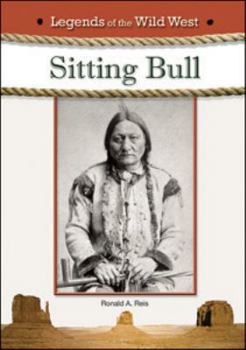Sitting Bull
Born in South Dakota in 1831, Sitting Bull was given his father's name after killing his first buffalo as a teenager. Sitting Bull witnessed the downfall of his people's way of life after the California gold rush of 1849 and the opening up of the West by the railroad. After he was wounded in battle, his views hardened about the presence of whites in Sioux land. He began to assume an uncompromising militancy that would characterize the rest of his life. Developing into one of the most important chiefs, Sitting Bull was able to unite a multitude of Sioux bands and other tribes at his camp, which continually expanded as the tribes sought safety in numbers. It was this camp that General George Armstrong Custer found on June 25, 1876, when he led the 7th Cavalry advance party to the Little Big Horn River. Sitting Bull, who had seen a vision of this attack during a tribal dance, and his people were able to defeat Custer and his men, but their victory was short-lived as thousands more outraged soldiers pursued the Sioux, forcing their surrender. This brave warrior was finally brought down in 1890 by tribal police who had been sent to arrest him. In Sitting Bull , read about a man who refused to back down from?his convictions, even when they?brought him face to face with the United States Calvary.
Format:Library Binding
Language:English
ISBN:1604135271
ISBN13:9781604135275
Release Date:March 2010
Publisher:Chelsea House Publications
Length:126 Pages
Weight:0.90 lbs.
Dimensions:0.5" x 6.7" x 9.3"
Age Range:11 to 17 years
Grade Range:Grades 6 to 12
Customer Reviews
0 rating





